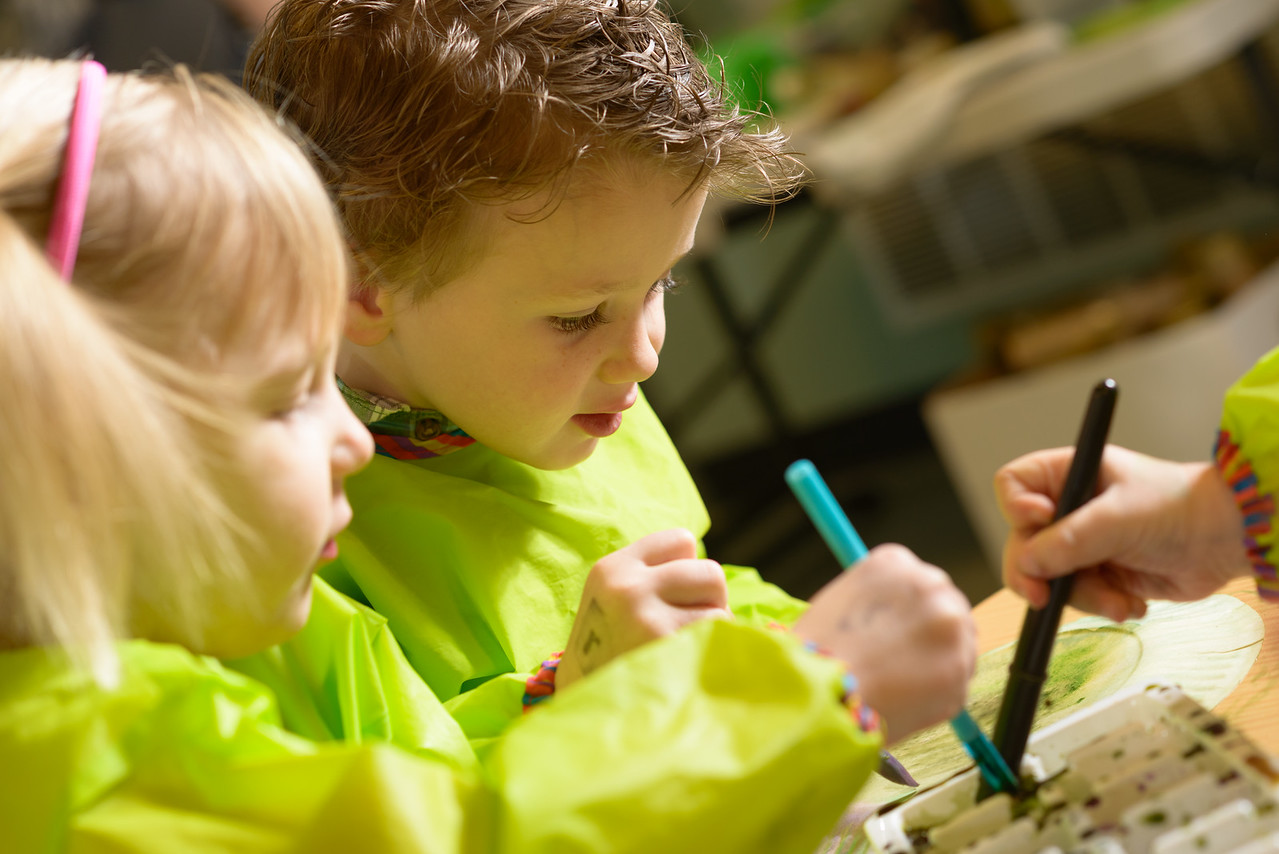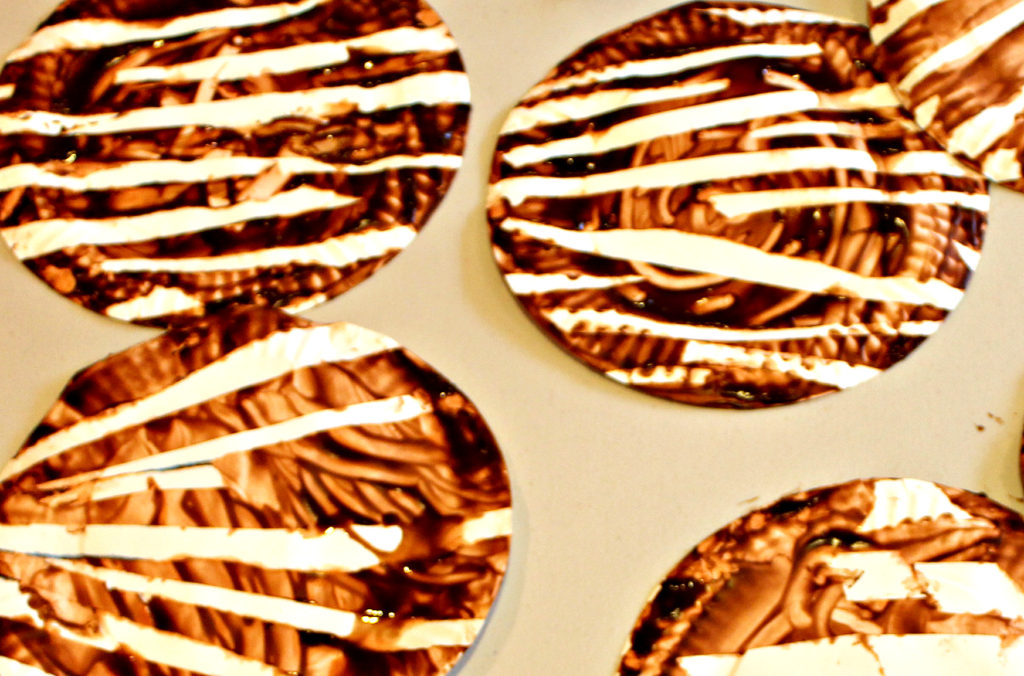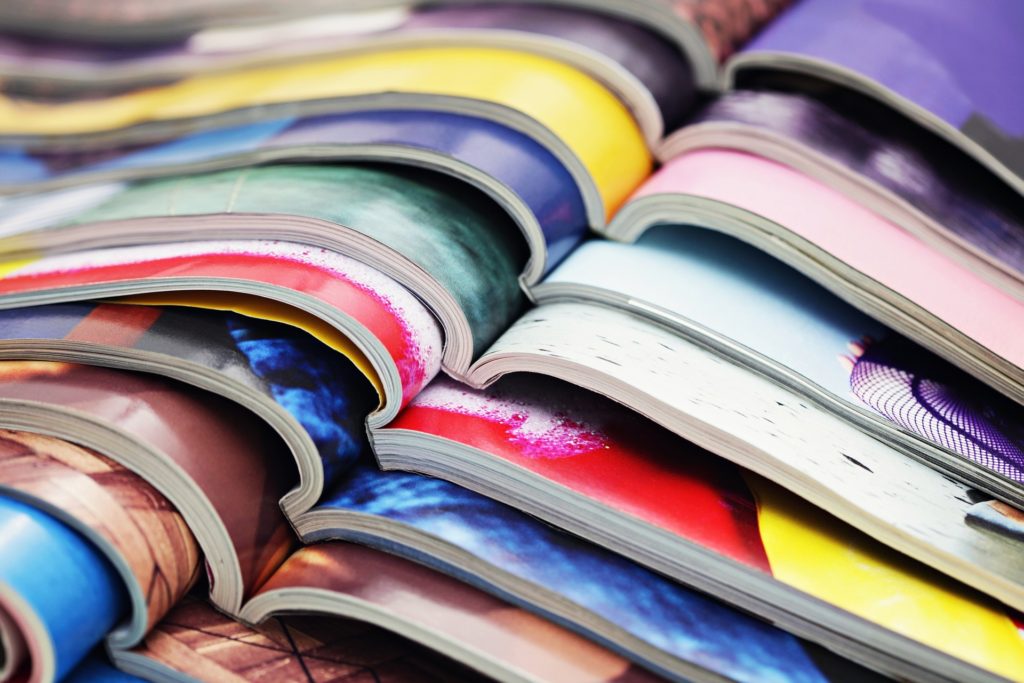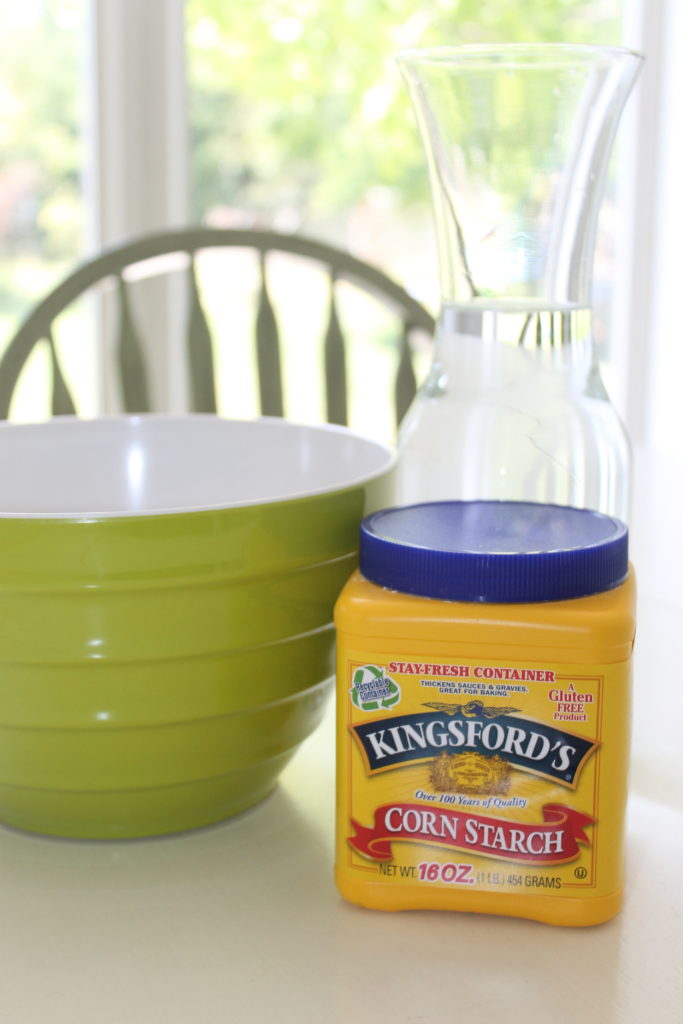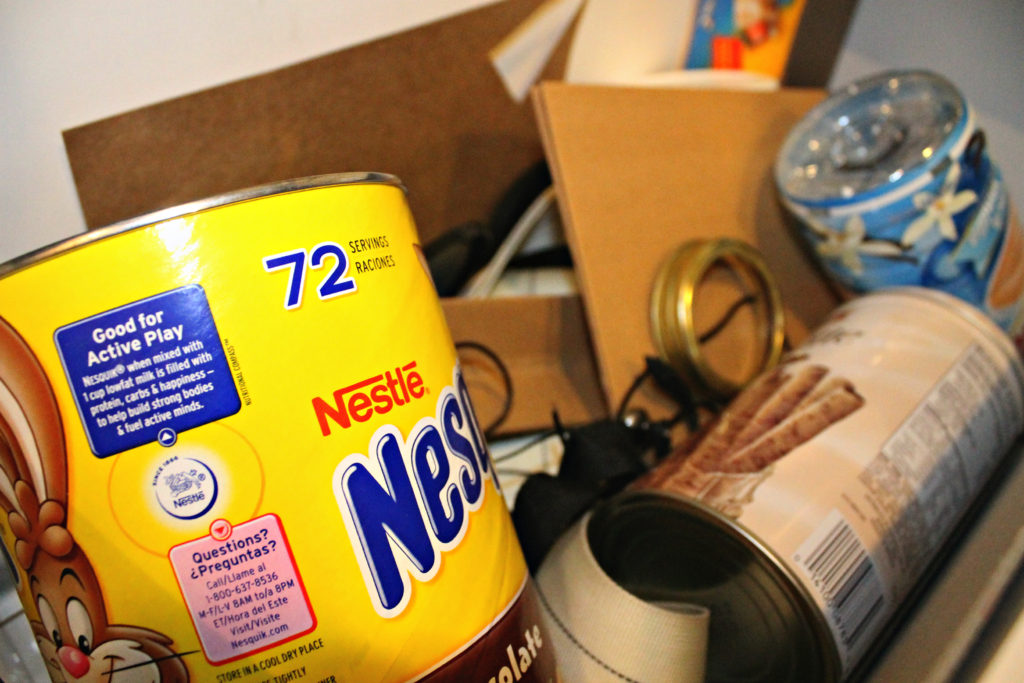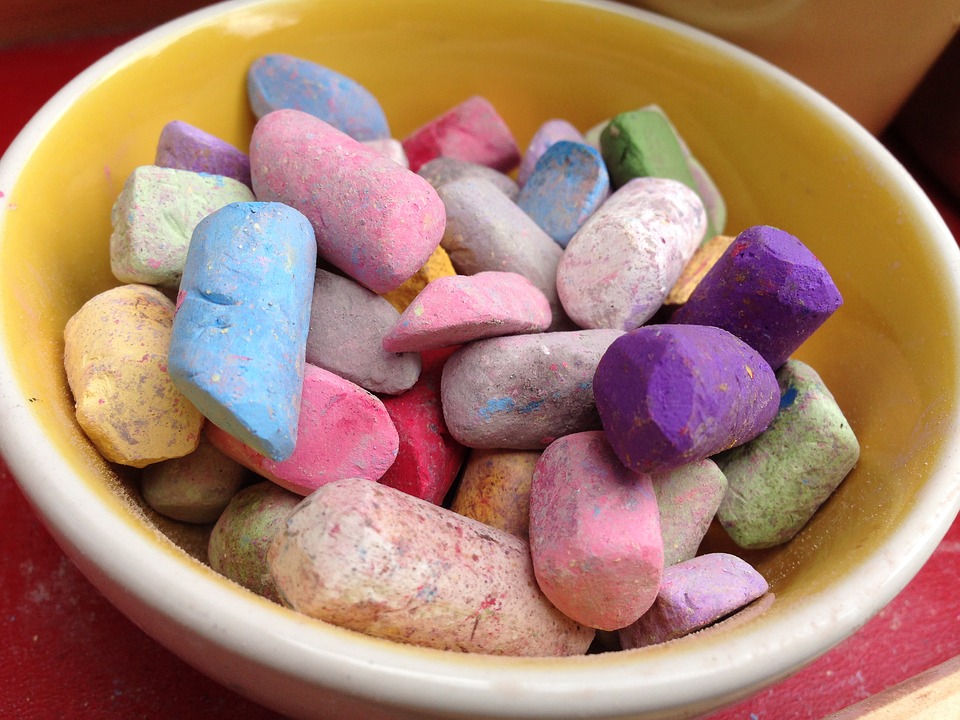When was the last time you felt the cool ooze of paint between your fingers as it spread across the page? Or had the exhilaration of watching bright yellow and spring green twirl and twist at the gliding of your fingertips? But who has time to play in colorful finger-paints?
As fun as playing in finger-paints can be, its value extends beyond “fun,” especially in the preschooler’s developing mind. The benefits of art activities for preschoolers extend into all aspects of a child’s learning, and your participation as their parent or caregiver plays a role.
“It’s very encouraging for children to know that their parents are willing to participate in activities with them,” says Adrianne Russell, a Kansas City, Missouri-based arts consultant, “especially if it’s something the adults have never done before or have little experience with.”
“Painting, drawing or sculpting forces us to stop multitasking and focus on the project at hand, as well as the person we’re doing it with,” writes Grace Hwang Lynch, for PBS Parents.
One added benefit to art activities for preschoolers is that they keep those little munchkins busy! “Children engaged in creating art express their feelings constructively, not destructively,” says Sydney Gurewitz Clemens, consultant for childhood education, teacher and organizer of San Francisco Classroom Teachers’ Association.
With those long summer days, we can all use a few “constructive” ideas. Here are five fun art activities for preschoolers you can do at home for your munchkin’s developing mind.
1- Zebra Resist Finger-paint
A little messy, but definitely delicious. Let your child tear painter’s tape into strips and then press them down onto a paper plate. Make a small box of chocolate pudding and let it set. Scoop a spoonful of pudding onto the plate and let the cool yummy goodness glide beneath your fingers. Licking encouraged. When pudding has dried, peel the painter’s tape off.
Developmental Benefits: Small-motor skills are developed as tape is torn and placed on the plate. Language develops as your child discusses how the pudding feels, tastes, and looks as you discuss the outcome of the tape resist. Decision making is required as your child chooses how to tear the tape, where to place it, and how to move their hands to create thickness/thinness in the pudding.
2- Summer Collage
Have your child choose pictures that remind him of things he loves to do in the summer. Tear or cut them out of newspapers, magazines, pictures he draws, or even pictures you print for him. Allow him to organize them on a large paper (8×10 is fine) and then give him a quarter-size puddle of glue on a paper or in a milk lid. Let him paint the glue to his picture with a finger, paint brush or Q-tip, and then paste them to his large paper. Remember there is no right or wrong way for him to place his collage. Upside down and sideways pictures are part of the process.
Note on Scissors: Learning to cut is a challenging small-motor skill for young children. If he is tired of using scissors, encourage your child to tear his pictures out, but keep practicing with those scissors.
Developmental Benefits: Cutting, tearing, gluing and pasting are all small-motor skills that need coordination and muscle strength. Planning where to place pictures and then implementing the plan develops creative thinking, reasoning, and spatial awareness. Displaying the pictures they have chosen fosters self-worth and individuality.
3- Oobligook
Cornstarch and water make a wonderful medium for the small artistic hands. This art activity is all about the process. Gather 3 cups cornstarch and 2 cups water.
- First let your child handle the dry cornstarch. What does it feel like?
- Add a little water and let those little fingers mix. What is happening? What will happen if we add more water?
- After the lumpy stage, add the rest of the water.
- Mix it all up and enjoy the silly, flowing substance. Add food coloring if desired.
- What can you create?
Developmental Benefits: Your little scientist is beginning the scientific method! Observing the qualities of her ingredients and making predictions, your preschooler is critically thinking. She is also tapping into that right brain as she handles and creates with the oobligook. The more we can cross the two brain hemispheres, the better! Language development is also occurring as she describes what she is feeling.
4- Beautiful Junk
“One man’s trash is another man’s treasure.” This old English proverb holds true for preschool creativity! Give your child a pile of safe “junk” objects. (Cereal boxes, beads, foil, cartons, buttons, cloth, toilet paper/paper towel rolls, ribbon, spools, yarn, shoelaces, cotton balls, rubber bands, paper. etc.)
Then issue the challenge. “What can you make?” Or if they need a little guidance, “What is the tallest thing you can make?” “What is the shiniest thing you can make?” Be available with tape, or even better, colored duct tape, but let them do all the creating.
Developmental Benefits: This is a wonderful activity for problem solving. For more problem solving experience, have your child work with a friend to make their creation. This activity also encourages inventiveness.
“The kind of people society needs to make it move forward are thinking, inventive people who seek new ways and improvements, not people who can only follow directions,” says MaryAnn Kohl, an arts educator and author of numerous books about children’s art education. “Art is a way to encourage the process and the experience of thinking and making things better!”
5- Story Inspired Art
Book illustrations can be a wonderful way to inspire your home art. Here are a few examples:
- Harold and the Purple Crayon, by Crockett Johnson. Use sidewalk chalk to draw your own adventure!
- Press Here, by Hervé Tullet. So many dotty options! Dot pens, fingerprints, stamping. Try cutting grapes in half and stamping them in paint to tell your own dot story.
- The Very Hungry Caterpillar, by Eric Carle. Always a favorite! But have you ever examined the cover pages? With scraps of colored paper, make your own caterpillar holes using a hole punch. Then, use all the punch circles to decorate your little artist’s created butterfly.
Developmental Benefits: Language is developing any time we tell a story. Mathematical skills are developed as your child sequences her story. Your creativity is developed as you are inspired by the illustrations of others to come up with your own art adventure.
Remember: Process over Product!
As you do art activities with your preschooler, remember it’s about the process more than the product. The development happens as your child creates. The National Association for the Education of Young Children (NAEYC) offers some helpful suggestions for process-focused learning.
If you’d like to see more fun ways art can be used to develop your whole child, come visit us for a free tour at UDA Creative Arts Preschool, the premier preschool in Salt Lake. For more information, call us at (801)-523-5930.
Written by: Elsje Denison

